What to Look for When Selecting a New Plasma Cutting System
Choosing a new plasma-cutting system can be somewhat overwhelming. First, you must decide whether automation is truly the way to go for your business. Then, find the right machinery to meet your needs. There is a chance that a laser cutter will be better for your fabrication needs but, then again, when it comes to versatility and per-part cost, it is often found that an automated plasma cutting system will be the best bet.
When Is Automation Best?
If you are a fabricator, you may find that you need a set and regular parameter of cuts and pieces. This makes automation a great saver of man hours and money. In what instances should a fabricator consider automation?
· If you find that you are repeatedly making the same cuts and not having to change dimensions, then automation would be a time-saving benefit.
· If you find that manual cuts require a lot of rework, then a more stable and faster cutting system could be the answer.
· Having issues with fit-up after manual cuts could mean that you need a more cookie-cutter type production.
· Having a limited labor budget may slow your productivity, as you have to pay employees to manually cut. Using an automated cutter will reduce your payroll and increase productivity.
· If your final goal is that of weld-ready parts, then manual cutting is not the way to go. Automated plasma cutting produces parts that are ready to weld.
Automation addresses all of these issues while improving productivity and lowering the cost per part. Speed seems to be the most touted feature of plasma cutting. Compared to waterjet and laser cutters, the quality may be a bit less, with rougher edges and less precision, but, for mass production, the automated plasma cutting system is more cost-effective and efficient.
What to Ask Before Purchasing
Once you make the decision to start looking into automated plasma cutting systems, there are several things that you will want to consider and ask about before you decide on a machine. Will you need a standard machine or a high-precision setup? A knowledgeable salesperson will be able to answer your questions and even provide samples for you to compare. Cut quality should be a major consideration when deciding on a plasma cutter.
You will need to find out about:
· Smooth cut surface
· Minimal top edge rounding
· Top spatter problems
· Bottom dross evaluation
· Kerf width options
· Cut bevel angle
· Nitride contamination
When you compare a variety of samples, you will be able to choose the best automated plasma cutter for your fabrication needs.
Investment
The initial layout for an automated plasma cutting machine is not small. Basically, you are looking at between $80,000 and $120,000 for a high-precision plasma cutter and up to $80,000 for a standard plasma cutter. This is one reason why it is very important to decide whether automation is truly a feature that your business needs. If you are considering an automated plasma cutting system versus a laser cutter, then you also have to weigh the cut cost per piece and increased productivity, as well as the amount paid for the system to determine your benefit.
Contact Quantum Machinery today to find out what cutting system will best meet your fabrication needs.


